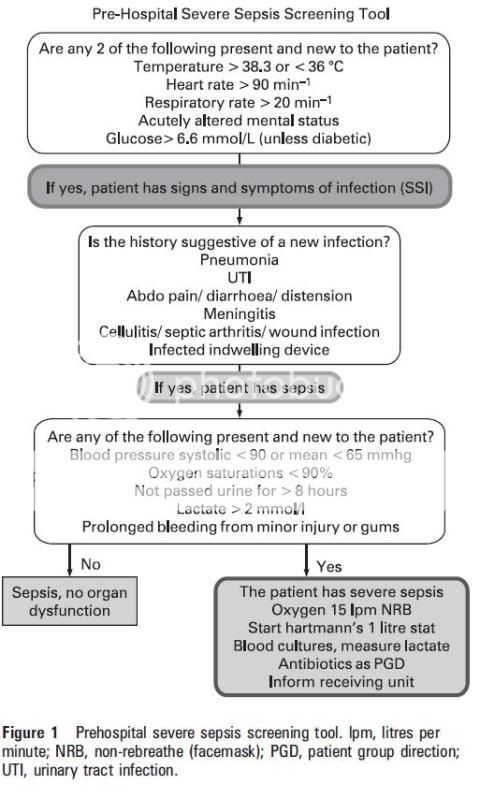redcrossemt
Forum Asst. Chief
- 550
- 0
- 16
If you were redesigning your agency or system drug box, what would you put in it? I think we can assume the ACLS drugs (epi, vasopressin, atropine, amiodarone/lidocaine, adenosine, dopamine) are there. ? on procainamide...
I would argue for:
zofran
aspirin
nitro SL + IV
cardizem
narcan
albuterol
ipatroprium
diphenhydramine
pepcid
solumedrol
terbutaline
oxytocin
furosemide
fentanyl
morphine
toradol
versed
haldol
etomidate
rocuronium
magnesium sulfate
sodium bicarbonate
calcium chloride
sodium nitrate
sodium thiosulfate
glucagon
D50
acetaminophen
thiamine
labetalol
I would argue for:
zofran
aspirin
nitro SL + IV
cardizem
narcan
albuterol
ipatroprium
diphenhydramine
pepcid
solumedrol
terbutaline
oxytocin
furosemide
fentanyl
morphine
toradol
versed
haldol
etomidate
rocuronium
magnesium sulfate
sodium bicarbonate
calcium chloride
sodium nitrate
sodium thiosulfate
glucagon
D50
acetaminophen
thiamine
labetalol

